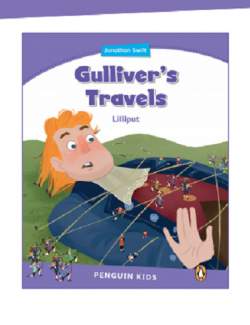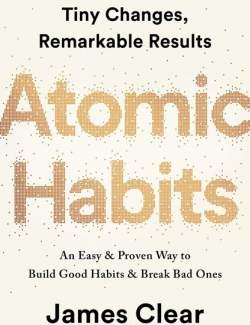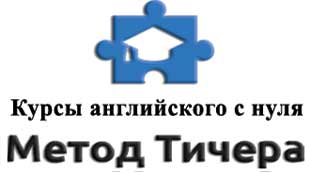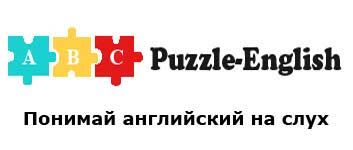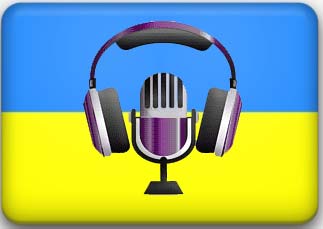Bad Blood: Secrets and Lies in a Silicon Valley Startup / Äóðíàÿ êðîâü: ñåêðåòû è ëîæü â ñòàðòàïàõ Ñèëèêîíîâîé äîëèíû (by John Carreyrou, 2018) - àóäèîêíèãà íà àíãëèéñêîì
÷òîáû óáðàòü ðåêëàìó ñäåëàéòå ðåãèñòðàöèþ/àâòîðèçóéòåñü íà ñàéòå
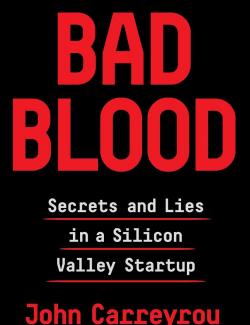
Bad Blood: Secrets and Lies in a Silicon Valley Startup / Äóðíàÿ êðîâü: ñåêðåòû è ëîæü â ñòàðòàïàõ Ñèëèêîíîâîé äîëèíû (by John Carreyrou, 2018) - àóäèîêíèãà íà àíãëèéñêîì
Îò ãîëîâîêðóæèòåëüíîãî ïîäúåìà äî øîêèðóþùåãî êðàõà – òàêîâ áûë ïóòü îñíîâàòåëüíèöû ìíîãîìèëëèàðäíîãî ñòàðòàïà, êîòîðûé ðàñêóñèë íàñòûðíûé æóðíàëèñò. Åìó ïðèøëîñü âûòåðïåòü ïðåñëåäîâàíèÿ è äàâëåíèå ãåíäèðåêòîðà Ýëèçàáåò Õîëìñ è åå àäâîêàòîâ. Ãîñïîæà Õîëìñ ñîçäàëà ïðîåêò, î êîòîðîì ãîâîðèëè êàê î ðåâîëþöèîííîé ïðîãðàììå, èñïîëüçóÿ êîòîðóþ â ìåäèöèíå óäàñòñÿ äîñòè÷ü íåìûñëèìûõ âûñîò â ñèñòåìå çäðàâîîõðàíåíèÿ ãîñóäàðñòâà. Áûëà ðàçðàáîòàíà ìàøèíà, ñïîñîáíàÿ â ñ÷èòàííûå ìèíóòû âûäàâàòü àíàëèçû êðîâè. Èíâåñòîðû ãîòîâû áûëè âëîæèòü áåøåííûå äåíüãè â ðàçðàáîòêó è ïðîäâèæåíèå èäåè. Íî, óâû è àõ, òåõíîëîãèÿ äàëà ñáîé, îíà ïîïðîñòó íå ðàáîòàëà. Õîëìñ ïûòàëàñü óòàèòü ýòî îò ñïîíñîðîâ, ñîòðóäíèêîâ, ÷èíîâíèêîâ, ÑÌÈ. Íî îäíàæäû ñîòðóäíèê êîìïàíèè äîëîæèë æóðíàëèñòó, ÷òî ãåíåðàëüíûé äèðåêòîð îáìàíûâàåò îáùåñòâåííîñòü. Íåóäîáíûå âîïðîñû ïîñûïàëèñü â àäðåñ Ýëèçàáåò Õîëìñ, íà ÷òî îíà îòâå÷àëà óãðîçàìè, «òðàâèëà» íà æóðíàëèñòà ñâîèõ àäâîêàòîâ, ïûòàÿñü óòàèòü îáìàí. Êðóïíåéøåé êîðïîðàòèâíîé àôåðîé áûëà íàçâàíà åå íåóäàâøàÿñÿ ïîïûòêà ñîðâàòü êóø íà ëæè. Êîìïàíèÿ ñêîðî áûëà îöåíåíà â íîëü äîëëàðîâ.
- Ðåéòèíã:
- Ïðîñìîòðîâ: 7 947
- Íàçâàíèå:
- Bad Blood: Secrets and Lies in a Silicon Valley Startup / Äóðíàÿ êðîâü: ñåêðåòû è ëîæü â ñòàðòàïàõ Ñèëèêîíîâîé äîëèíû (by John Carreyrou, 2018) - àóäèîêíèãà íà àíãëèéñêîì
- Ãîä âûïóñêà àóäèîêíèãè:
- 2018
- Àâòîð:
- John Carreyrou
- Èñïîëíèòåëü:
- Will Damron
- ßçûê:
- àíãëèéñêèé
- Óðîâåíü ñëîæíîñòè:
- upper-intermediate
- Äëèòåëüíîñòü àóäèî:
- 11:37:12
- Áèòðåéò àóäèî:
- 64 kbps
- Ôîðìàò:
- mp3, pdf, doc
Ñëóøàòü îíëàéí Bad Blood: Secrets and Lies in a Silicon Valley Startup / Äóðíàÿ êðîâü: ñåêðåòû è ëîæü â ñòàðòàïàõ Ñèëèêîíîâîé äîëèíû àóäèîêíèãó íà àíãëèéñêîì ÿçûêå:
Ñêà÷àòü òåêñò êíèãè â ôîðìàòå .doc (Word) ïî ïðÿìîé ññûëêå carreyrou_john_-_bad_blood_secrets_and_lies_in_a_silicon_valley_startup.doc [1.23 Mb] (cêà÷èâàíèé: 63)
.
Ñêà÷àòü òåêñò êíèãè â ôîðìàòå .pdf ïî ïðÿìîé ññûëêå carreyrou_john_-_bad_blood_secrets_and_lies_in_a_silicon_valley_startup.pdf [1.72 Mb] (cêà÷èâàíèé: 102)
.
Ñêà÷àòü audiobook (MP3) áåñïëàòíî ñ ôàéëîîáìåííèêà.
Ñëóøàòü àóäèîêíèãó â ñìàðòôîíå ÷åðåç òåëåãðàì: Bad Blood: Secrets and Lies in a Silicon Valley Startup
×èòàòü êíèãó íà àíãëèéñêîì îíëàéí:
(×òîáû ïåðåâîäèòü ñëîâà íà ðóññêèé ÿçûê è äîáàâëÿòü â ñëîâàðü äëÿ èçó÷åíèÿ, ùåëêàåì ìûøêîé íà íóæíîå ñëîâî).
Èíôîðìàöèÿ
Ïîñåòèòåëè, íàõîäÿùèåñÿ â ãðóïïå Ãîñòè, íå ìîãóò îñòàâëÿòü êîììåíòàðèè ê äàííîé ïóáëèêàöèè.






